We’re surrounded by information, but making sense of it isn't easy.
You read a study, and it says one thing — only for a different source to say another. We rely on experts, we debate with friends, and things get heated.
But what if data could help cut through the noise?
Start with a simple question:
“Which is better — Mexican food or Italian food?”

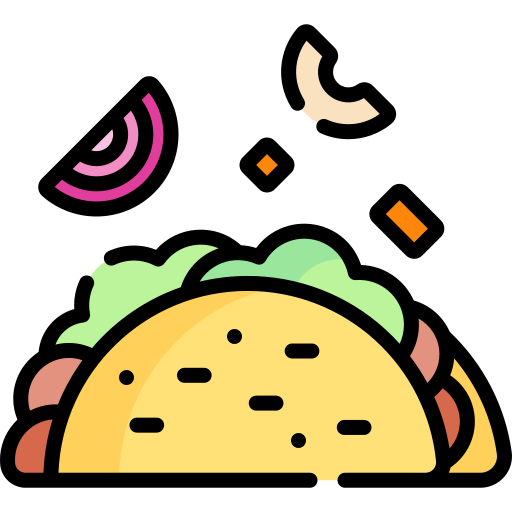
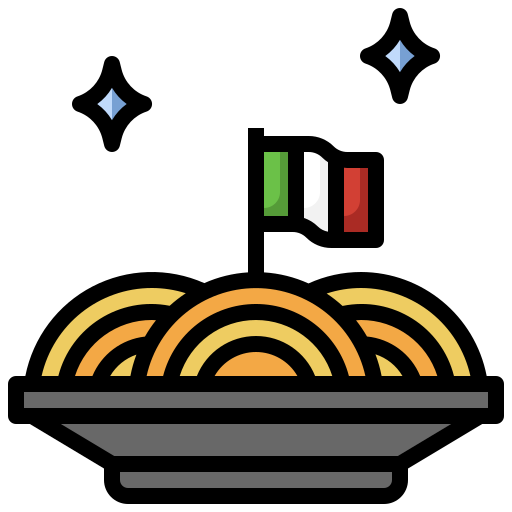
Then build your first data project — one step at a time — so you can finally make decisions with confidence instead of guesswork.
1. Define the Ask
 Let's look at the question again: “Which is better — Mexican food or Italian food?”
Let's look at the question again: “Which is better — Mexican food or Italian food?”
To answer that, we start by thinking about what the question is really asking. This process is called framing — and it’s the first step in any data project.
Words like "better" and "food" sound simple, but they're vague. So, we need to get clear on what’s being asked — and for who:
What does "better" mean?
In what context?
To who?
2. Narrow the Scope
"Food" is too broad to compare without context. We need to anchor the idea to a specific scenario for fair comparisons that make sense.
The concept of food may also come with different implications, such as:
Format (street food ←→ fine dining)
Preparation (ready-to-eat ←→ pre-prepared)
Labor & skill (homemade ←→ chef-crafted)
Authenticity (adapted dishes ←→ regional cuisine)
For example, we wouldn't compare:
A homemade enchilada to frozen pizza

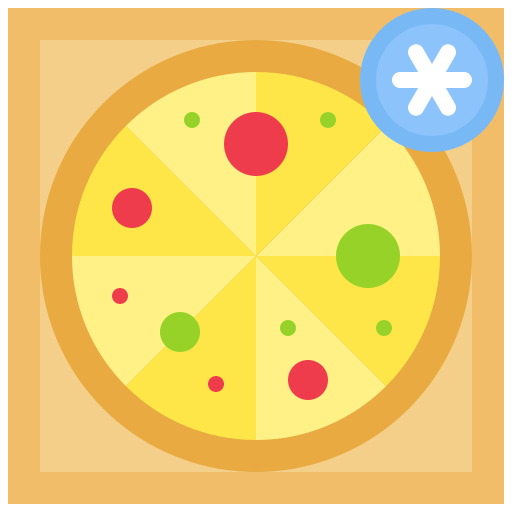
A celebratory meal to a budget dinner


3. Deconstruct the Ask
The word "better" can also mean a lot of different things.
It's not one idea, but a placeholder for many.
So, “better” depends on who’s asking and what they care about.
Let's break it down:

Taste → Are we talking about bold flavors, variety, or how well the dishes fit together?
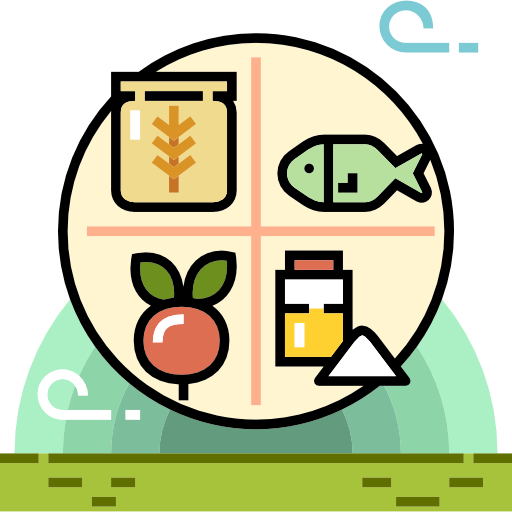
Preference → Do dietary needs or nutrition matter more to some people?
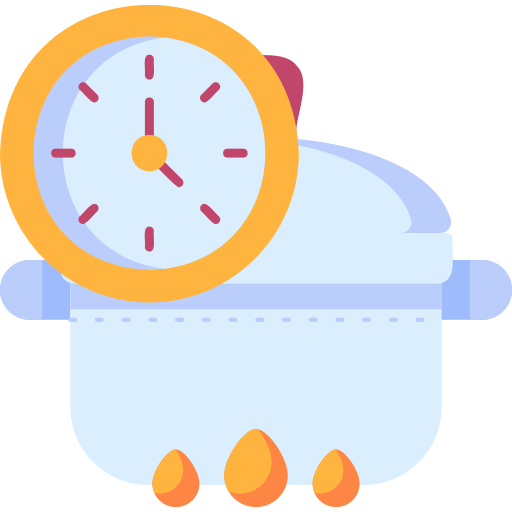
Accessibility → What about cost, how easy it is to find, or how long it takes to cook?
4. Identify Measures
Once the question is clear, we can start to define what "better" actually means using key measures, or metrics. This helps turn ideas into fields that we can compare.
For example:
Taste → number of distinct flavors
Preference → nutrient-per-calorie ratio
Accessibility → cost per serving
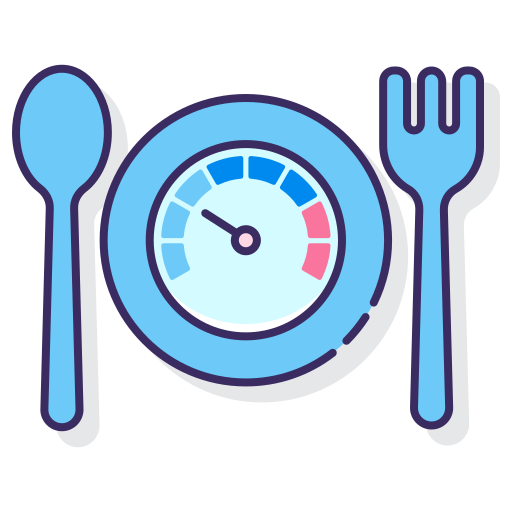
5. Define the User Story
Next, we need to ask: "Better for who?"
For a meaningful comparison, we need a user story that defines:
Who is choosing
Why they’re choosing
What factors shape the decision
 This turns “Which is better — Mexican food or Italian food?” into:
This turns “Which is better — Mexican food or Italian food?” into:
“A vegetarian college student needs affordable, flavorful meals for weeknight dinners. Which cuisine offers better options?”
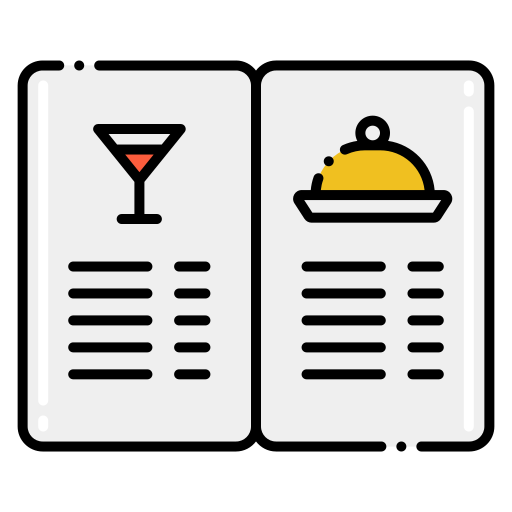 Decide What Matters
Decide What Matters
There’s no single answer. What matters depends on the scenario.
For a vegetarian college student who wants affordable, flavorful meals, key metrics might include:
Affordability → Can the cuisine offer affordable meals that are budget-friendly?
Convenience → Are there options for short wait times or easy takeout for weeknights?
Flavor → Are the menu selections consistently flavorful and satisfying?
Fit→ Are there strong vegetarian offerings — like veggie tacos, meatless pasta, or plant-based substitutions?
Quiz
Why is defining a user story important before analyzing data?
6. Create Your Framework
 Once you know who’s choosing and why, it's time to look for data. Not just any data — but the kind that speaks to your user story. It should reflect what matters to that person, in that moment, for that choice.
Once you know who’s choosing and why, it's time to look for data. Not just any data — but the kind that speaks to your user story. It should reflect what matters to that person, in that moment, for that choice.
The framework connects the question, the context, and the measures you’ll use to explore what “better” really means.
In the case of a hungry vegetarian college student, they might turn to Yelp or Google reviews for guidance. But not all data is created equal.
To build a data project meaningful to them, you will need to find options that meet their needs: affordable, flavorful, and vegetarian.
And the hot, new steakhouse downtown? That just isn't it.
 Source Your Data
Source Your Data
How do we find data that makes sense for you?
Start by filtering for what matters in your user story. That’s how data becomes meaningful.
We’ve talked about using Yelp or Google —that’s casting a wide net. But does the star rating matter? It's not always the best signal. It’s broad, averaged, and often misses what your user story actually cares about.
Star ratings won't tell you what the food tastes like, what the portion sizes are, or the menu's meatless options.
 Find Signals
Find Signals
Instead of scanning for star ratings or generic praise, you’ll need to find signals or specific cues that reflect your user and map to your metrics.
The persona match validates relevance to the user story.
Look to find phrases that reflect the audience and their constraints. Something that says, "Hey, I know what that's like. I've been there."
This confirms that the entry describes an experience that aligns with your needs and is written from a perspective you can trust.
Examples:
"As a vegetarian..."
"For broke, college kids..."
"Quick dinner after class..."
Tone and sentiment provide authentic, descriptive detail.
Look for details grounded in experience. Something that says, "Hey, this is it. I want that."
Flavors. Portion sizes. Textures. Vibes.
Examples:
“Spicy, filling, and ready in under 10 minutes.”
“Hearty and flavorful.”
“Perfect after a long day — fast, cheap, and satisfying.”
Context clues structure insight into measures.
“Under $10 for a full meal” → affordability
“Lots of meatless options” → vegetarian fit
“Fast takeout, great for weeknights” → convenience
7. Form Insights and Conclusions
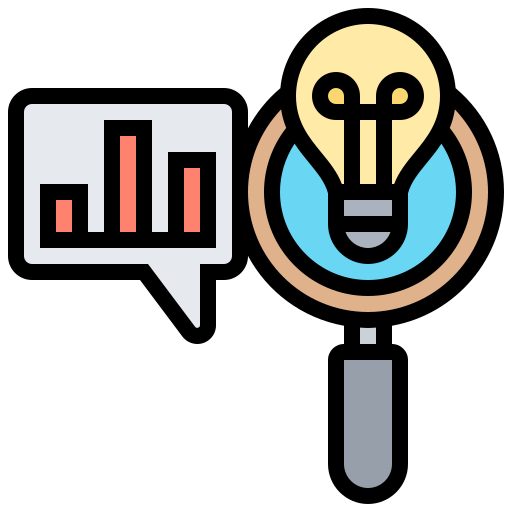 Analyze Insights
Analyze Insights
Treat each review as a datapoint. Compare it against your metrics and user story.
Which ones feel trustworthy?
Which ones help you make a confident call?
Which ones fall flat?
Look for patterns:
Which signals showed up most often?
Which ones align best with what matters in your scenario?
This is how you move from noise to insight. From “I think” to “I know.”
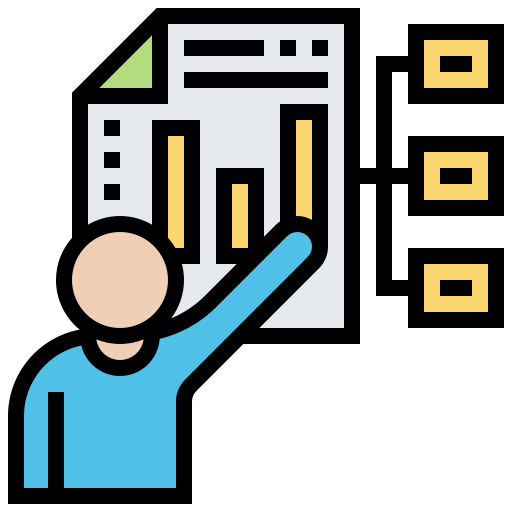 Make Conclusions
Make Conclusions
Once you map your findings, you might see patterns start to emerge:
Mexican food showed a stronger vegetarian fit and affordability.
Italian food leaned toward flavor, but often missed on convenience and cost.
You might conclude:
For this scenario, Mexican food offers more consistent vegetarian options and better affordability — making it the stronger fit.
That’s not a claim about which is better overall. It’s a judgment based on data that fits the content.
That’s what makes it useful — and defensible.
Take Action
Now you know the key responsibilities in project design, using strategic insight and critical thinking to carry out a data project as part of the bigger picture.
Use each tool and prompt in this Byte to sharpen your thinking, then step back and ask: "How does your narrative fit into the larger goals, perspectives, and impact?"
 Photo by Brett Jordan on Unsplash
Photo by Brett Jordan on UnsplashYour feedback matters to us.
This Byte helped me better understand the topic.
